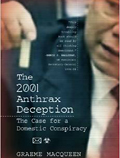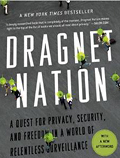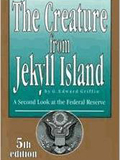Cost of Seizing Fannie and Freddie Surges for Taxpayers
 Saturday, June 19, 2010 at 11:51PM
Saturday, June 19, 2010 at 11:51PM NY Times
 Fannie Mae and Freddie Mac took over a foreclosed home roughly every 90 seconds during the first three months of the year. They owned 163,828 houses at the end of March, a virtual city with more houses than Seattle. The mortgage finance companies, created by Congress to help Americans buy homes, have become two of the nation’s largest landlords.
Fannie Mae and Freddie Mac took over a foreclosed home roughly every 90 seconds during the first three months of the year. They owned 163,828 houses at the end of March, a virtual city with more houses than Seattle. The mortgage finance companies, created by Congress to help Americans buy homes, have become two of the nation’s largest landlords.
Bill Bridwell, a real estate agent in the desert south of Phoenix, is among the thousands of agents hired nationwide by the companies to sell those foreclosures, recouping some of the money that borrowers failed to repay. In a good week, he sells 20 homes and Fannie sends another 20 listings his way.
“We’re all working for the government now,” said Mr. Bridwell on a recent sun-baked morning, steering a Hummer through subdivisions laid out like circuit boards on the desert floor.
For all the focus on the historic federal rescue of the banking industry, it is the government’s decision to seize Fannie Mae and Freddie Mac in September 2008 that is likely to cost taxpayers the most money. So far the tab stands at $145.9 billion, and it grows with every foreclosure of a three-bedroom home with a two-car garage one hour from Phoenix. The Congressional Budget Office predicts that the final bill could reach $389 billion.
Fannie and Freddie increased American home ownership over the last half-century by persuading investors to provide money for mortgage loans. The sales pitch amounted to a money-back guarantee: If borrowers defaulted, the companies promised to repay the investors.
Rather than actually making loans, the two companies — Fannie older and larger, Freddie created to provide competition — bought loans from banks and other originators, providing money for more lending and helping to hold down interest rates.

































































































































Reader Comments